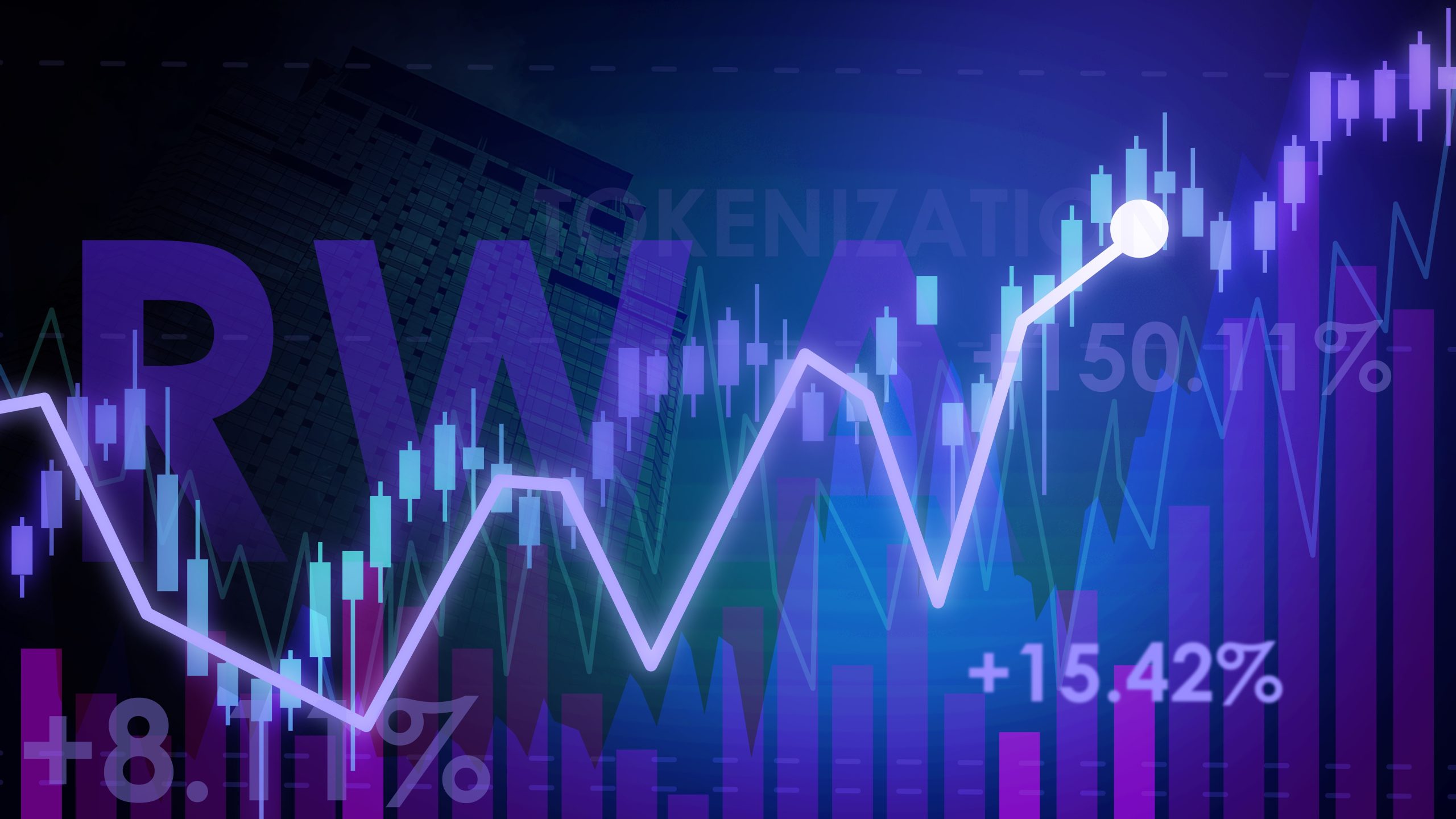The foreign exchange (FX) market currently operates “24 hours a day, five days a week,“, from 5 p.m. ET Sunday to 5 p.m. ET Friday. Local centers (Tokyo, London, New York) form overlapping trading sessions where most liquidity is concentrated. Global FX turnover has reached a record. $7.5 trillion per day in April 2022, highlighting its scale. Despite this uninterrupted schedule, FX still closes at night and on weekends. Its structure reflects traditional banking hours and centralized liquidity locations, not true 24/7 trading.
Cryptocurrency markets operate continuously, 24/7, without agreements “closing” time. This 24-hour model supports arbitrage-free pricing and continuous access, but still experiences volume spikes during business hours in the US and Europe.
Academic research highlights that crypto markets remain in sync with traditional financial events, particularly when it comes to US macroeconomic news. Still, the key point: There’s no forced downtime, which is a stark departure from FX’s limited schedule.
As crypto markets continue to operate 24 hours a day, pressure is mounting on the traditional foreign exchange industry to reconsider its long-standing 24/5 model. Although foreign exchange remains tied to weekday trading, the flexibility and dynamism of digital assets is prompting some institutions to rethink the limits of market hours.
One of the most obvious differences is in trading behavior and liquidity patterns. According to a BIS study, continuous trading of cryptocurrencies allows prices to adjust more quickly to global news and reduces the risk of market gaps seen during weekend foreign exchange closings. However, this constant availability also leads to more volatile and fragmented liquidity, particularly during off-peak hours. Nonetheless, as Investopedia data shows, some of the largest price swings in Bitcoin and other digital assets occur over the weekend, highlighting growing participation and risk appetite during periods when traditional markets are closed.
Trading platforms are starting to react. In 2023, Deutsche Börse’s 360T launched 3DX, a regulated digital asset exchange licensed by MiCA and BaFin. Although the venue started with limited hours, Deutsche Börse confirmed that it “is expected to evolve towards 24/7 trading,” aligning with the operating model pioneered by crypto markets. This change indicates that the FX infrastructure could evolve towards more flexible trading structures.
Even FX brokers recognize the impact of cryptocurrency timing. As noted by Forex.com, the 24/7 nature of the cryptocurrency market provides traders around the world with continuous access, unlike the fixed cycle of the forex market, from Sunday to Friday. According to the analysis of RationalFX.comThis ongoing approach not only reshapes traders’ expectations, but also challenges institutions to modernize operational, settlement and risk systems to support possible future expansion of FX hours.
Crypto’s permanent model is proving operationally viable. As 360T’s 3DX platform moves toward 24-hour trading and Börse Stuttgart’s digital unit reports strong revenue contributions from ongoing crypto markets, traditional currencies could gradually follow suit. Yet well-established systems – including interbank networks, centralized clearing and global liquidity infrastructure – are not ready for a fluid 24/7 paradigm, a challenge highlighted by the Bank for International Settlements, which cites risks related to operational resilience and liquidity fragmentation during off-peak hours.
Consensus among industry players suggests incremental change rather than a leap. Expect proposals such as limited weekend sessions, extended evening windows or pilot programs, especially in crypto-integrated FX ecosystems. But a full 24/7 forex market? This could still take several years – and serious structural reforms –. As Forex.com notes, FX remains anchored in a Sunday-Friday cycle for now, even as crypto’s permanent model redefines what traders expect from modern markets.
Sources: Ledger information, Wiki, BIS, Forex.com










